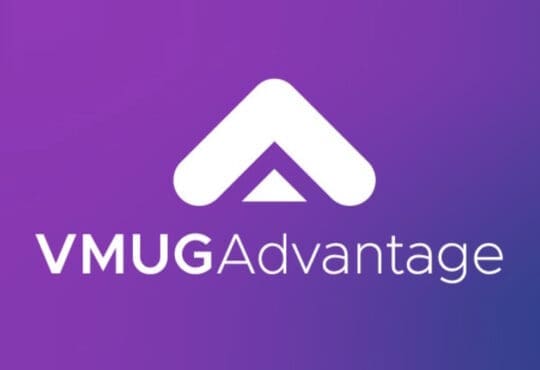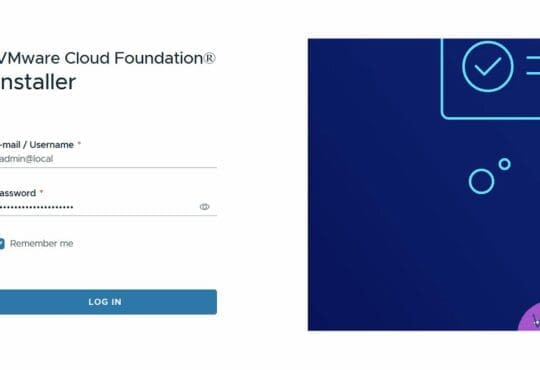Contents
What Is VMware Cloud Foundation 9?
VMware Cloud Foundation 9 marks a big leap in private cloud tech. Released on June 17, 2025, this update brings together tools for building and running modern data centers. It blends the ease of public clouds with the control of on-premises setups.
At its core, VCF 9 offers a unified platform. This means IT teams handle virtual machines, containers, and AI workloads all in one place. The focus is on speed, security, and cost savings.
Broadcom, which owns VMware now, designed this version to cut down on complexity. Deployment times drop from weeks to hours. That’s a game changer for busy IT pros juggling multiple tasks.
Why Upgrade to VCF 9 Right Now?
Upgrading makes sense if your team wants smoother operations. VCF 9 tackles common pain points like slow setups and fragmented management. It introduces automation that frees up time for strategic work.
Think about your current setup. Are you dealing with separate tools for storage, networking, and security? VCF 9 pulls everything into a single view. This reduces errors and speeds up troubleshooting.
Support for older versions like VCF 8 ends in October 2027. Moving to 9 ensures you’re future-proof. Plus, it supports hybrid environments, bridging on-premises and cloud resources seamlessly.
Key Innovations in Performance and Efficiency
VCF 9 shines in boosting system performance. One standout is Advanced NVMe Memory Tiering. This extends memory pools using NVMe drives. It’s perfect for tasks needing quick data access, like analytics or trading systems.
Another boost comes from vSAN Global Deduplication. This feature cuts storage needs by removing duplicate data across clusters. You save on costs without slowing things down.
Enhanced Data Paths optimize traffic between workloads. For AI and microservices, this means lower latency. Kernel tweaks and DPU offloads handle the heavy lifting.
These changes help IT pros scale resources efficiently. No more overprovisioning to meet demands.

Deployment Made Simple
The new VCF Installer is a highlight. It guides you through setup with wizards. What used to take weeks now wraps up in hours.
Tenant management gets easier too. Policy templates let you spin up workload domains quickly. This is ideal for teams supporting multiple departments.
Fleet management supports patching across thousands of hosts. Predictive checks catch issues before they hit.
Unified Operations for Better Control
The VCF Operations Console acts as your command center. It oversees health, updates, and compliance from one spot.
Diagnostics are smarter. You get insights into fleet-wide issues fast. This cuts downtime and keeps things running smooth.
Cost tools are built in. Dashboards show resource use and spending. This helps with budgeting and showing value to stakeholders.
Security and Compliance Built In
Security is non-negotiable in today’s world. VCF 9 delivers with a Security Operations Dashboard. It maps out potential threats in real time.
Configuration checks run constantly against standards like CIS and NIST. Auto-fixes handle simple problems, saving manual effort.
Identity management covers the whole platform. Automated certificate rotations prevent lapses. Federation enables secure single sign-on.
For sovereign needs, data residency tags and geo-fencing keep info where it belongs. This aids compliance in regulated fields.

Empowering Developers and Teams
VCF 9 bridges IT and dev teams. Self-service catalogs let developers provision resources via APIs. This reduces wait times.
Infrastructure as Code support includes Terraform and GitOps. Teams deploy consistently without custom scripts.
Integrated tools like Argo CD handle container deployments. From code repo to production, it’s streamlined.
Networking simplifies too. VPCs auto-configure routing and security. No deep dives into fabrics required.
Real-World Benefits for IT Professionals
Imagine slashing deployment times and cutting costs. That’s what VCF 9 promises. IT pros gain tools to run leaner operations.
Performance gains mean handling more workloads with less hardware. This stretches budgets further.
Security features reduce risks. Compliance becomes easier, freeing time for innovation.
Overall, it’s about working smarter. Teams scale faster and secure better.
To dive deeper, check out the official VMware Cloud Foundation page on Broadcom’s site (https://www.broadcom.com/products/vmware/cloud-foundation). It’s a solid resource for specs.
Also, explore hands-on labs at VMware’s HOL site (https://labs.hol.vmware.com/HOL/catalog?tid=vvcf9blogs). Great for testing features yourself.
Comparing VCF 8 and VCF 9 Features
Feature | VCF 8 | VCF 9 |
|---|---|---|
Deployment Time | Weeks | Hours |
Memory Tiering | Basic | Advanced NVMe |
Deduplication | Cluster-level | Global |
Operations Console | Fragmented | Unified |
Security Dashboard | Limited | Real-time Mapping |
API Integration | Partial | Full Terraform/GitOps |
This table shows clear upgrades. VCF 9 builds on the old version with modern twists.
Performance Metrics at a Glance
Metric | Improvement in VCF 9 |
|---|---|
Latency Reduction | Up to 30% for east-west traffic |
Storage Savings | 20-50% via global dedup |
Patching Speed | 2x faster with predictive checks |
Memory Efficiency | 40% cost reduction with tiering |
Compliance Scans | Continuous vs periodic |
These numbers highlight efficiency gains. They’re based on VMware’s claims and early user feedback.
Challenges and Considerations
No update is perfect. Migrating requires planning. Assess your hardware for compatibility.
Training might be needed for new interfaces. Start with labs to get comfortable.
Watch for known issues in release notes. Though resolved ones cover common bugs.
FAQ
What are the main differences between VCF 8 and VCF 9?
VCF 9 adds unified operations, advanced storage features, and better security dashboards. It focuses on speed and simplicity over the previous version.
Is VCF 9 suitable for small IT teams?
Yes, its automation and self-service tools make it manageable even for smaller groups. Deployment wizards reduce the learning curve.
How does VCF 9 support AI workloads?
It optimizes data paths and memory tiering for low-latency needs. Containers and VMs run side by side efficiently.

When does support for VCF 8 end?
Support ends in October 2027. Plan your upgrade timeline accordingly.
Can VCF 9 integrate with existing hybrid setups?
Absolutely. It bridges on-premises and public clouds with consistent policies and APIs.
Ready to level up your private cloud game? Subscribe to my mailing list for more insights and updates: Subscribe.





